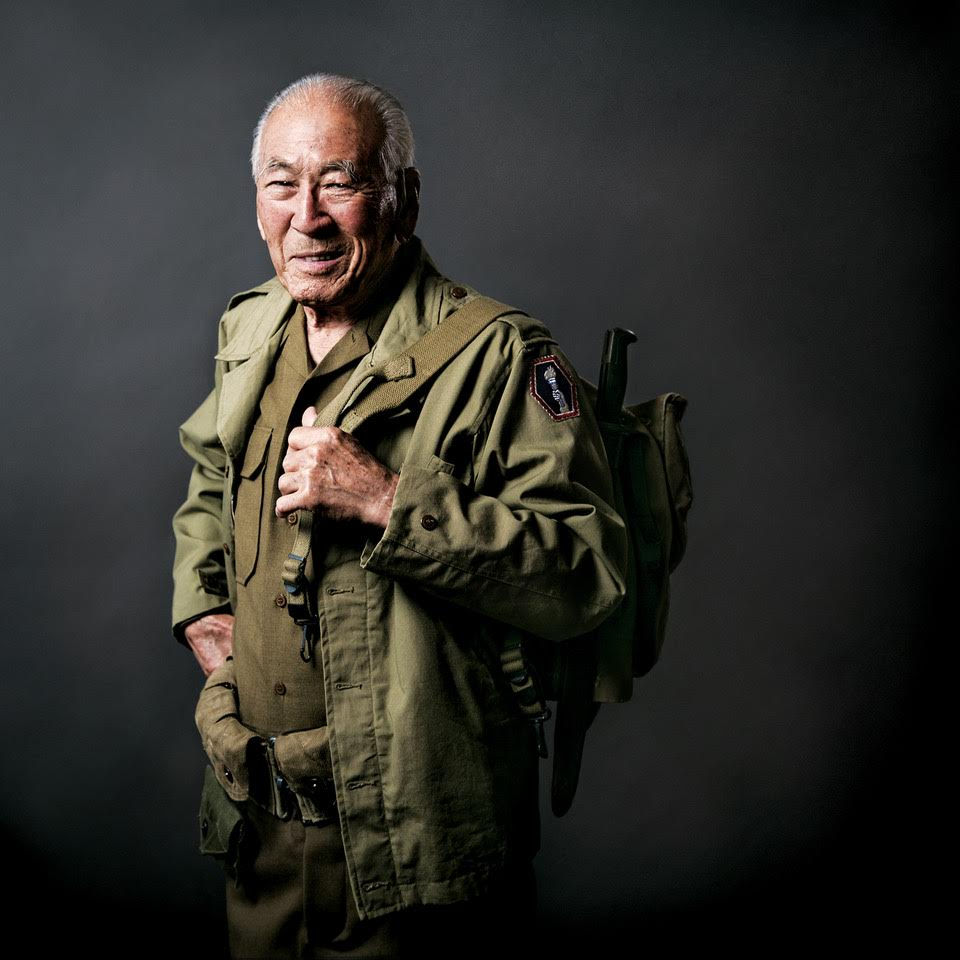Updated: Oct 24, 2019

Hi my name is Shane Sato, I am photographer In Los Angeles, CA. As a kid growing up in a predominately Asian area I had no idea what prejudice or injustice was. My family never spoke of these things, even when I went to visit my relatives in Visalia, CA. This is where during WWII they were forced from their family farm into concentration camps at Poston II in Arizona.
When I was growing up, my mother never explained to me what “camp” was, she just said they had been there. I share the history of what the Issei and Nisei did to give us a life here in the United States, using photography to immortalize the heroic Nisei soldiers that fought to prove that the Japanese Americans were loyal citizens. However many others fought in different ways, some by enduring camp life like my mom, others fighting for justice. Many Nisei never mention the injustice they had to endure for my future in this country. I understand now why my family never spoke about “internment” but I feel its my duty to share these portraits and stories so it never happens again.
“The Go For Broke Spirit” has been over 20 years in the making. I have been photographing moving portraits of Nisei soldiers to create a one of a kind coffee table book. Poignant images of men who fought for America while America put their families and loved ones in prison. This hardcover book contains portraits of over 80 Japanese American WWII veterans. My book unveils the wide range of feelings the Japanese Americans must have experienced after the attack on Pearl Harbor. I tried to artistically captures these men’s emotions—expressively photographed in a way not many have seen.. The story of the Nisei is inspiring… and each portrait is accompanied by candid photos and a short story— a personal one, whenever possible. Without writing a history book, I “talks story” to share the lives of the Nisei to future generations so that their accomplishments and history are not forgotten. This portrait book is not just a glimpse into Japanese American history, but a triumphant story of American history.











